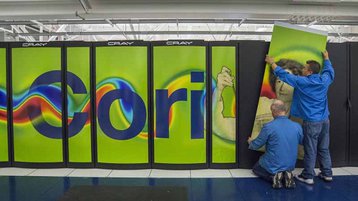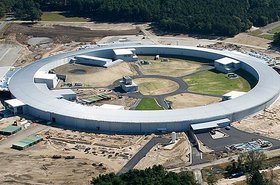The National Energy Research Scientific Computing Center (NERSC) has retired the Cori supercomputer.
The Department of Energy (DOE) system was in service longer than any supercomputer in NERSC’s 49-year history, and lasted nearly seven years.
Over that period, the supercomputer enabled more than 10,000 scientific publications.
Cori comprised of 2,388 Intel Xeon Haswell processor nodes, 9,688 Intel Xeon Phi Knight's Landing nodes, and a 1.8 petabyte Cray Data Warp Burst Buffer and a peak performance of around 30 petaflops.
When it debuted in 2017, it ranked fifth on the Top500 list.
Cori was developed by Intel, Cray (now HPE), and Los Alamos and Sandia National Laboratories. The Cray XC40 system was named after biochemist Gerty Cori, the first American woman to win a Nobel Prize in science and the first woman to win a Nobel Prize for Physiology or Medicine.
The supercomputer was the first to be installed at the Shyh Wang Hall at Lawrence Berkeley National Laboratory, now home to the 64.6 petaflops Perlmutter supercomputer.
“Cori has been an exciting system for a number of reasons, including the fact that it was the first energy-efficient architecture that NERSC deployed,” said NERSC director Sudip Dosanjh.
“It was clear to us with the advent of exascale computing that to get more computational power we needed to go to an energy-efficient, manycore architecture.”
Katie Antypas, NERSC division deputy, added: “Cori has been a workhorse for our center and a very productive environment for the user community. It is also where we developed our data strategy, did Jupyter at scale for the first time, and were able to prototype and test a lot of the capabilities that are now on Perlmutter.”
Cori was brought offline in 2019 by the Kincade wildfire.




